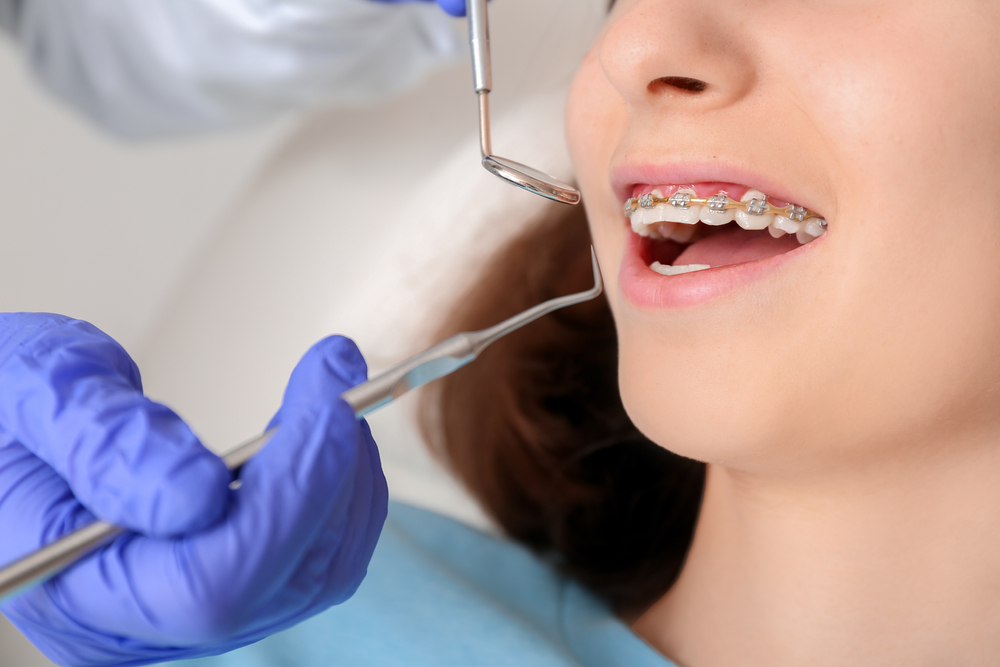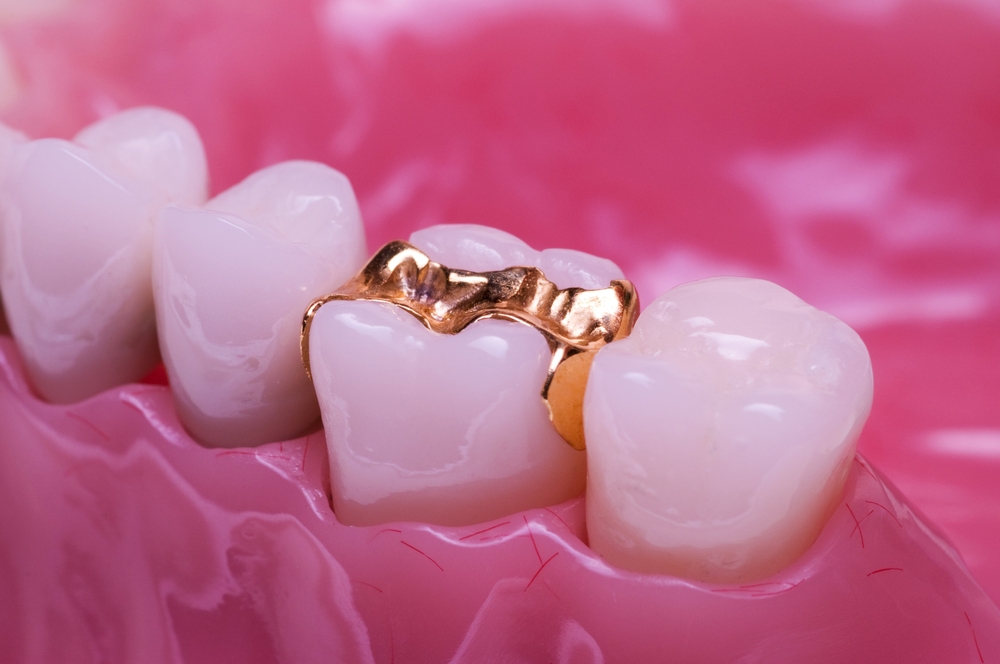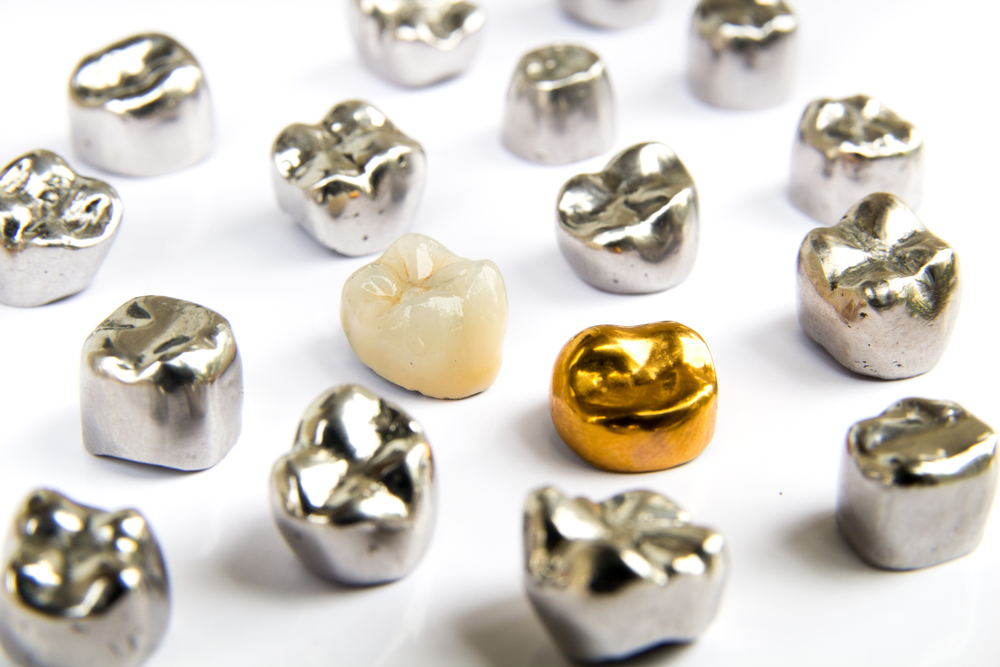Our smiles make up more than just our physical appearance; they reflect our confidence and overall well-being. If you’re considering enhancing your smile, you could not be in better hands than with our team at South Meadows Dental & Orthodontics. We believe that a bright, healthy smile is within everyone’s reach. With modern orthodontic treatments, you can fall in love with your smile.
Early Treatment is Best
Early dental and orthodontics treatment ensures your child’s jaw and teeth grow correctly and start them off on the right foot. Early treatment can prevent so many issues later on in life. What does early treatment include? It can be as simple as retainers or expanders or more complex like braces, headgear, or jaw positioning appliances.
Enhance Your Smile With Invisalign
Want a perfect smile but don’t want the visibility of metal braces? Invisalign is the perfect solution! With custom, nearly-invisible aligners, you can achieve a straighter, more perfect smile. You wear your aligners for 1-2 weeks at a time and then change out aligners as your teeth move into place. It’s an incredibly simple and comfortable process, and you’ll end up with a smile you’ll love in no time.
Damon Braces: A Game-Changer in Orthodontics
Damon Braces are made of metal brackets and wires like you’d find with traditional braces, but these unique braces don’t use plastic bands to hold the wires to the brackets. With Damon Braces, there is a door and groove in each bracket that holds the wire in place. This puts less pull on the teeth and makes the process much more comfortable. The wires are also more flexible, ensuring the teeth-straightening process is much less painful.
Discover Your Perfect Smile in Reno, NV
At South Meadow Dental & Orthodontics, our caring and highly-experienced team is proud to provide residents in Reno and the surrounding areas with the best custom solutions for their orthodontic needs. Whether you need braces, Invisalign, retainers, or another dental procedure, we are here to help you have the healthy, beautiful smile you deserve.
Get Ready to Smile with Confidence!
At South Meadows Dental & Orthodontics, we’re all about empowering our patients with the knowledge to make the right decisions for their dental and orthodontic care. By providing the best orthodontic solutions, we can help you achieve a smile you love. Take the first step and schedule a consultation today! Call our Reno, NV office at (775) 413-2976 or message us using our online contact form.









